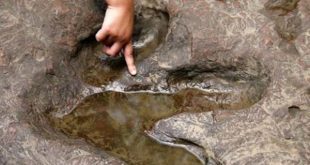 Microscopic living organisms are widely known in biology due to their amazing survivability.
Microscopic living organisms are widely known in biology due to their amazing survivability.
The gene, discovered the animalcules (Tardigrada) can be transplanted into human cells to protect them from radiation and other extreme environmental conditions. Figured it out by Japanese scientists at Tokyo University who determined the cause of the resistance of animals to such influences due to an eight-year study of their genome. The findings of scientists presented in an article published in the journal Nature Communications.
Tardigrades, or water bears, are microscopic invertebrates, are extremophiles (organisms that can survive in boiling water, at low temperatures and when exposed to ionizing radiation). To understand what allows these animals to withstand the toughest conditions, the researchers analyzed the genome of a species of animalcules — Ramazzottius varieornatus. The researchers checked which proteins bound to DNA and protect it from destruction.
Biologists have discovered a gene Dsup (damage suppressor is the silencer damage”). It was stuck in the culture of human cells, which were then exposed to x-ray radiation. Genetically modified cells were much more resistant to radiation than normal.
According to scientists, Dsup can be used in the future to protect tissues and organs from damage and make transportation of cell cultures safer.
Scientists also found no evidence that a large number of genes, including protective, came from the animals via horizontal transfer of DNA from bacteria-the extremophiles. This hypothesis was proposed by researchers at the University of North Carolina in 2015.
Biologists also found that they themselves tardigrades were more resistant to radiation than genetically modified cells. This indicates that they have some other means of protection, yet to be established.








